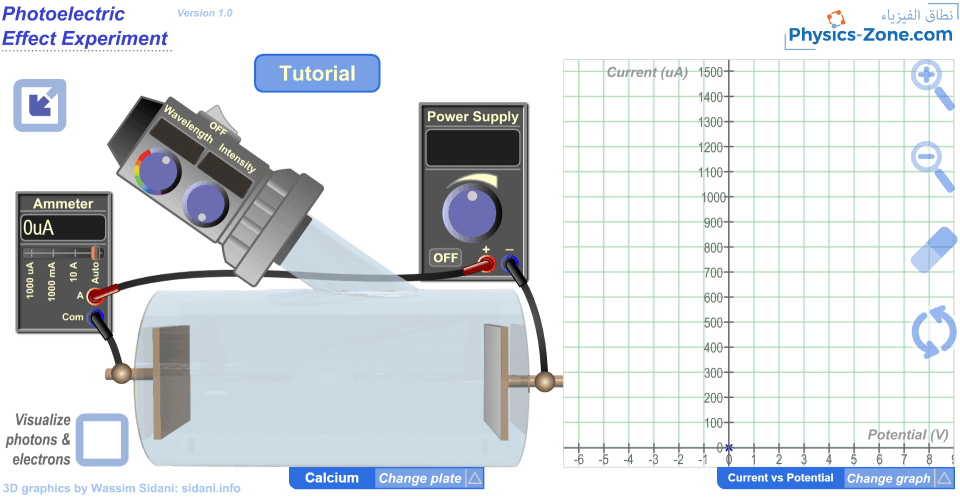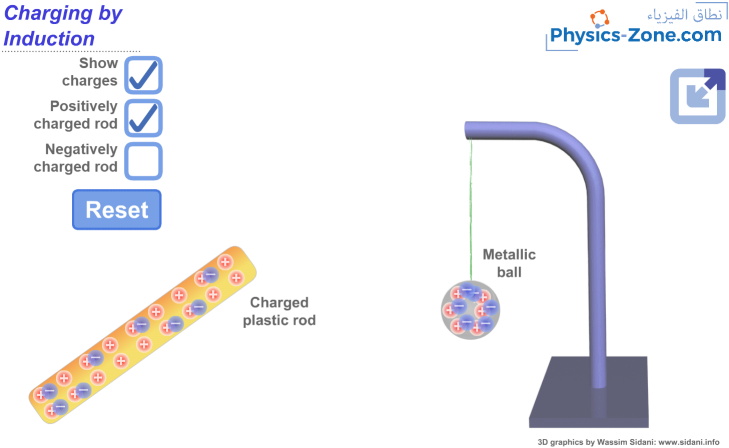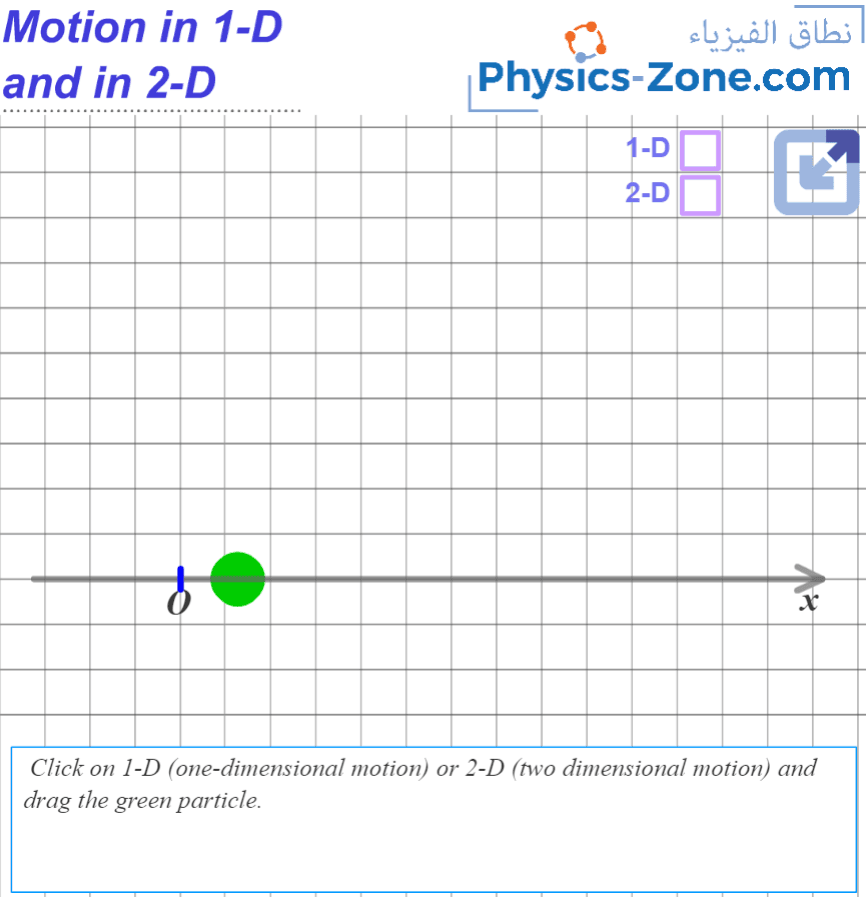Farid Minawi
April 24, 2023
Games, Physics Simulations, Simulations

In this game, you must employ the projectile equations to win.
The game consists of three levels, each of which must be completed by scoring at least 8 out of a possible 10 tries. In the first level, you must hit a ground target that shifts position after each attempt. In the second level, you will need to alter the ball’s trajectory to pass over a wall. In the third level, the target flies and changes position both horizontally and vertically in each trial.
Farid Minawi
December 9, 2022
Math Simulations, Simulations

Elementary math teachers know the importance of this model in teaching the concept of applying distributive property in area model.
The idea is to break one large area (which represents the product of two numbers) into several pieces (products of smaller numbers), then to find the areas of the pieces individually, and finally add to get the area of the whole (the product of the given numbers).
Farid Minawi
November 14, 2022
Math Simulations, Simulations

If you or your student or child are having difficulties in learning long division, then you will find this simulation comprehensive and instructional, that guides the learner through the process step by step. This application is for long division with remainder. Another application on long division with float quotient is also available in the simulations section.
Farid Minawi
November 14, 2022
Math Simulations, Simulations

If you or your student or child are having difficulties in learning long division, then you will find this simulation comprehensive and instructional, that guides the learner through the process step by step. This application is for long division with float quotient. Another application on long division with remainder is also available in the simulations section.
Farid Minawi
October 2, 2022
Physics Simulations, Simulations

With this rich simulation, you can visualize and measure the phase difference between two sound waves using two microphones connected to an oscilloscope. Moreover, you can determine the speed of sound in air by measuring the distance between the two microphones when their waveforms are in phase, taking into account the frequency of the sound wave that is controlled by the sine wave generator.
Farid Minawi
August 19, 2022
Physics Simulations, Simulations

With this simulation, you can experiment the refraction of light between air and a transparent semi-disk. You can choose the material of the disk from a list of materials. Also, you can determine the index of refraction of the semi-disk when you apply Snell’s law to measurements you take in the simulation.
Farid Minawi
June 5, 2022
Physics Simulations, Simulations

With this comprehensive and realistic-like photoelectric effect experiment simulation, you will be able to illustrate the following:
The variations of the photocurrent versus potential.
The variations of the photocurrent versus light intensity.
The variation of the kinetic energy of the ejected electrons versus the incident light frequency.
It comes with a graph where you can trace each type of variation as you vary the parameters of the experiment.
Plus, you can experiment and discover more with this simulation.
Farid Minawi
April 11, 2022
Physics Simulations, Simulations

Using this simulation, you can demonstrate the conservation laws in a one-dimensional elastic collision (The law of conservation of linear momentum and the law of conservation of kinetic energy).
Farid Minawi
March 30, 2022
Physics Simulations, Simulations

Using this simulation, you can experience the phenomenon of charging a metallic ball by induction in the first stage and charging the ball by contact in the second stage after the charged rod touches the ball. The displayed charges are for an illustrational purpose, and they are not seen in reality. You can disable the display of charges on the rod and on the ball.
In this simulation, you can try two situations, one in which the rod is positively charged and another in which the rod is negatively charged, and you will see that the two situations result in the same observation.
Farid Minawi
August 20, 2020
Physics Simulations, Simulations

This is a simple simulation that shows the difference between one-dimensional motion, that can be described by means of one axis, the x-axis, and the two-dimensional motion, that needs an additional axis, the y-axis to be described.










